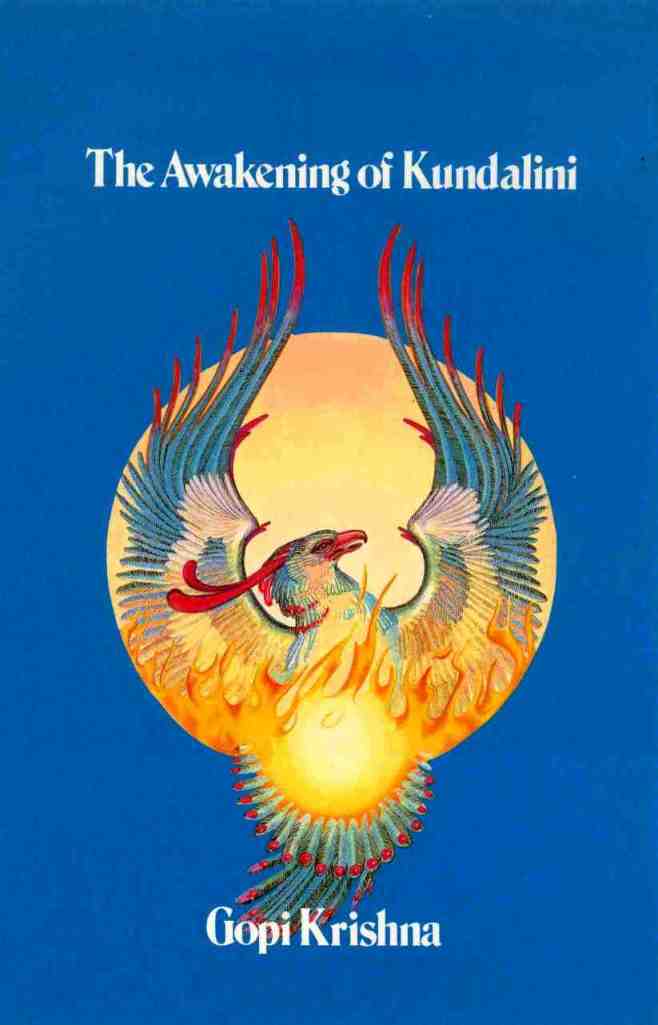Prana and the Kundalini Process
In order to understand how the Kundalini process can be possible, it is first necessary to understand the nature of prana. As the notion of prana is foreign to western scientific thought, we must turn instead to the cosmology of the ancient Indian philosophical systems for more information and insight.
In its ultimate form, referred to as Brahman, reality is said to be unknowable at our current level of evolution. In order to make Brahman understandable to our minds (which tend to think in dualistic terms), it is divided into a static and a dynamic aspect.
The static aspect, referred to as the deity Shiva, can be thought of as infinite, all-knowing consciousness. It is unchanging, timeless, and has no form or physical attributes by which we can perceive it.
The dynamic aspect, referred to as the deity Shakti, can be thought of as the cosmic creative energy which brings the phenomenal universe into manifestation. It has a multitude of forms and changes with time.
Cosmic and Individual Forms
One form of Shakti is physical matter – the atoms and molecules that comprise the universe. Another form is the various forces which organize matter, such as electro-magnetism, gravitation, the strong and weak nuclear forces, and dark energy, But a third, less familiar, form of Shakti is prana (or prana-Shakti to be more precise), which is the organizing principle behind all organic life.
The energy aspect of prana-Shakti (usually referred to as just prana) permeates every cell of every living thing. It is said to be super-intelligent and coordinates and controls all aspects of organic functioning in the hundreds of billions of cells that comprise our body.
There is a particular spectrum of prana for every species, and a subset or variation of that spectrum for every individual within each species. As this is strikingly similar to the way the genetic code differentiates species and individuals from each other there is, in all likelihood, a very close connection between the pranic spectrum and the genetic code.
The Sanskrit word prana literally means 'breathing forth', and has traditionally been associated in India with respiration and the intake of vitality from the air. Pranayama, or 'control of the breath', is one of the primary techniques of Yoga practice used to achieve higher states of consciousness.
The cosmic dynamic of Shiva and Shakti, which brings the universe into manifestation, is said to be reflected in a limited form in the human body. Shiva, the conscious principle, is of course the mind, located in the head. Shakti, the creative energy principle, is said to reside at the base of the spine, close to the sex organs (which are used, of course, to create new life).
It is the connecting of the energy center at the base of the spine (Shakti) with the conscious principle in the head (Shiva), via the spinal cord, that facilitates the Kundalini process. And depending on the quantity and quality of prana that is sent, and on what area or areas of the brain are affected, the result may be some form of genius, artistic ability, or paranormal faculty.
Mystical Experience and Enlightenment
When a substantial quantity of prana is sent to the brain, the result is a mystical experience, attended by indescribable bliss and a feeling of connection to or union with the infinite consciousness (Shiva) behind creation.
In most cases, the body is not capable of sustaining this flow of energy for more than a short period of time, and the individual eventually returns to a normal state of mind. But in the extremely rare case where the energy flow becomes permanent, and the brain becomes transformed over time, the individual achieves enlightenment.
This view of how reality works, although foreign to western scientific thought, is not only logically consistent, but explains some phenomena, such as paranormal faculties of mind and inspired creativity, which are an almost complete mystery to science.
Related ICR Resource:
The Awakening of Kundalini
This book deals specifically with the subject of meditation and with the question, "What should everyone know about higher consciousness?"





